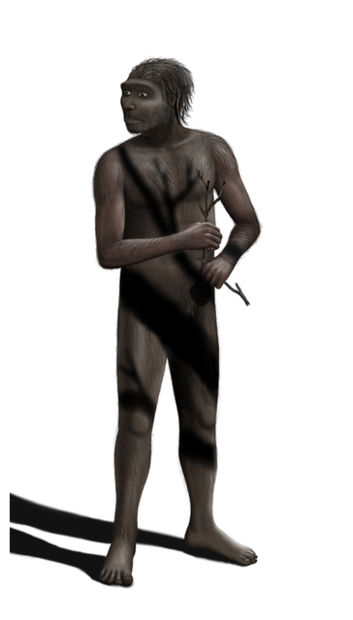
© Steveoc, Wikimedia CommonsTo routinely use fire, early human ancestor Homo erectus would have needed long-term planning, group cooperation, and inhibition.
Early human ancestors needed high-level intelligence to use fire, new research suggests.
The study, published in February in the
Cambridge Archaeological Journal, argues that fire use requires long-term planning, group cooperation and inhibition. In combination with evidence for
early fire use, the study suggests that the early human ancestor
Homo erectus may have been smarter than previously thought.
"Early humans would have had to have been fairly clever to keep a fire going by cooperating, not stealing food or not stealing fire from other people," said study author Terrence Twomey, an anthropologist at the University of Melbourne in Australia.
Fire foundTraces of ash found in Wonderwerk Cave in South Africa suggest that at least some
Homo erectus used fire as far back as 1 million years ago. Another site in Israel, Gesher Benot Ya'aqov, shows evidence of fire from around 800,000 years ago.
While it's possible these ancient ancestors made fire from scratch, it's more likely they learned to harness flames from a lightning strike or other natural source, Twomey told LiveScience.
Some anthropologists have suggested that
cooked food allowed early human ancestors to eat meat, derive more nutrition from food and neutralize bacteria in their food. As a result, early humans could divert energy from digestion to brain growth.
But the evidence for that hypothesis is mostly circumstantial.
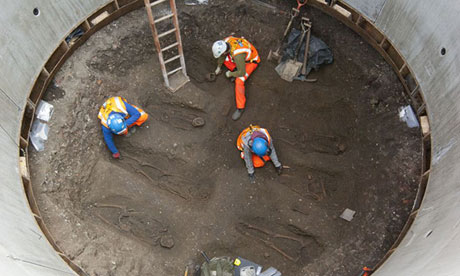


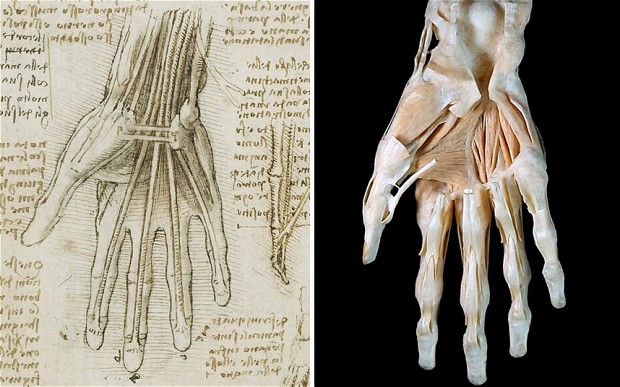
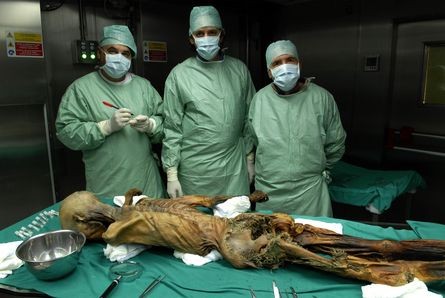
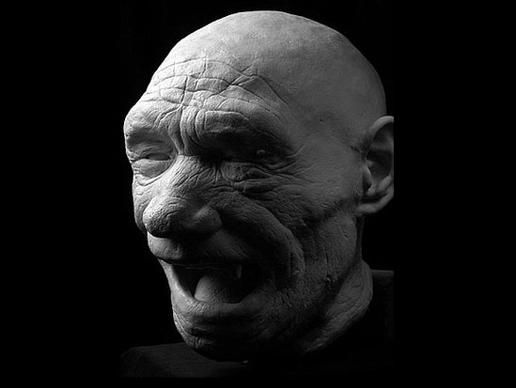
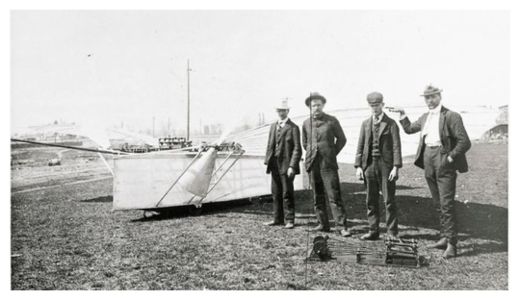
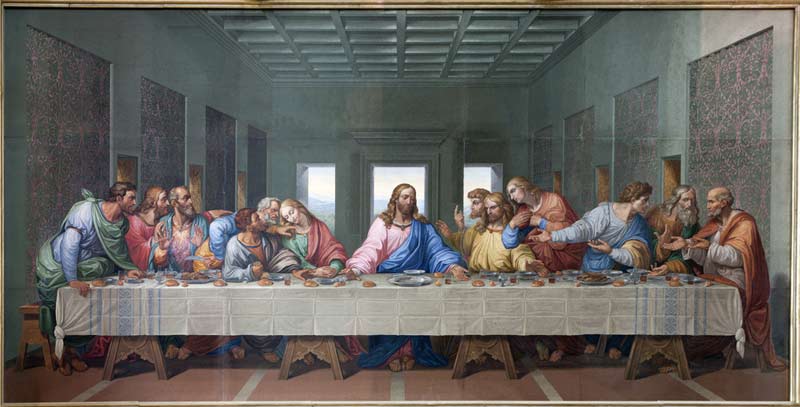

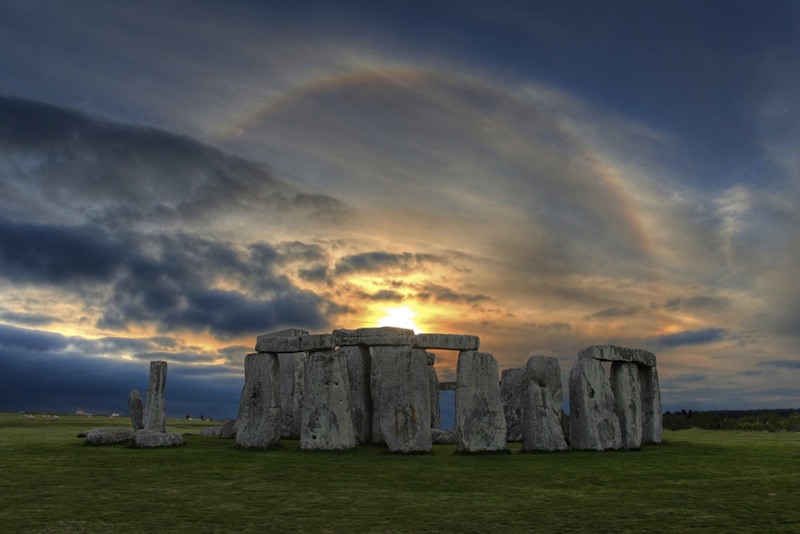



Comment: To find out more about the real cause of 'the Black Death', the following article and books Comets and the Horns of Moses are must-reads:
New Light on the Black Death: The Viral and Cosmic Connection
Celestial Intentions: Comets and the Horns of Moses
The Apocalypse: Comets, Asteroids and Cyclical Catastrophes